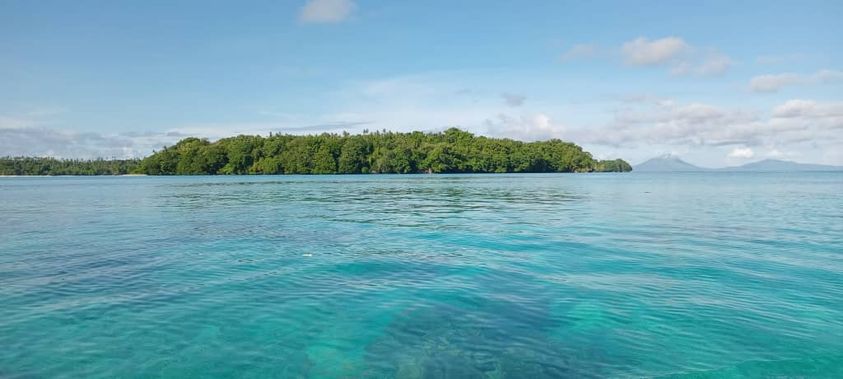The Duke of York (DOY) Islands is an LLG within the Kokopo District in East New Britain, boasting pristine waters with unique diving spots, and other areas of canoeing, fishing, snorkeling, bird watching, picnics, swimming, and scenic views for those who opt for island getaways and sightseeing.
It is a full package of activities for tourism; thus, the Kokopo City Authority (KCA) is planning to enhance its tourism industry.
KCA Board Chairman, and Kokopo MP, Ereman ToBaining announced this at a recent boat launching in Kokopo.
He revealed that islanders of Malim Atoll Ward, part of this group of rural islands LLG, would be relocated to the Rakanda plantation, on the main island of Romaina.
The DOY Islands LLG consists of the main Romoaina Island, with several smaller islands, including atolls.
Mr. ToBaining said the KCA Board has approved a paper to purchase 1, 000 hectares of the plantation from the Catholic Archdiocese, to resettle the people from Mualim island.
“We will then convert Mualim island into a tourism destination,” ToBaining explained, adding, “This is part of our 20-year plan.”
“We are also discussing with the United Church to acquire about 50 to 100 hectares of the Ulu Plantation that is sitting idle.”
“This would be done under a 99-year lease or so, to enable us to bring in development,” ToBaining said.
Darius Kunai, the acting Administrator for Kokopo District, also explained KCA is targeting the coastline of Rakanda and Ulu plantations owned by the 2 churches to kick off tourism projects on the island LLG.
“The district business arm – Kokopo District Development Corporation (KDDC) will be driving this initiative.”
“It’s (KDDC) already registered and soon we will advertise the position for the manager to come on board and start off these projects.”
“Also, under the tourism program for the LLG, part of the K500, 000 for the LLG this year was allocated for the fencing of the Molot Missionary cemetery,” Kunai said.
The cemetery consists of missionaries from Fiji and others that came to the area with Dr. George Brown and were buried there

